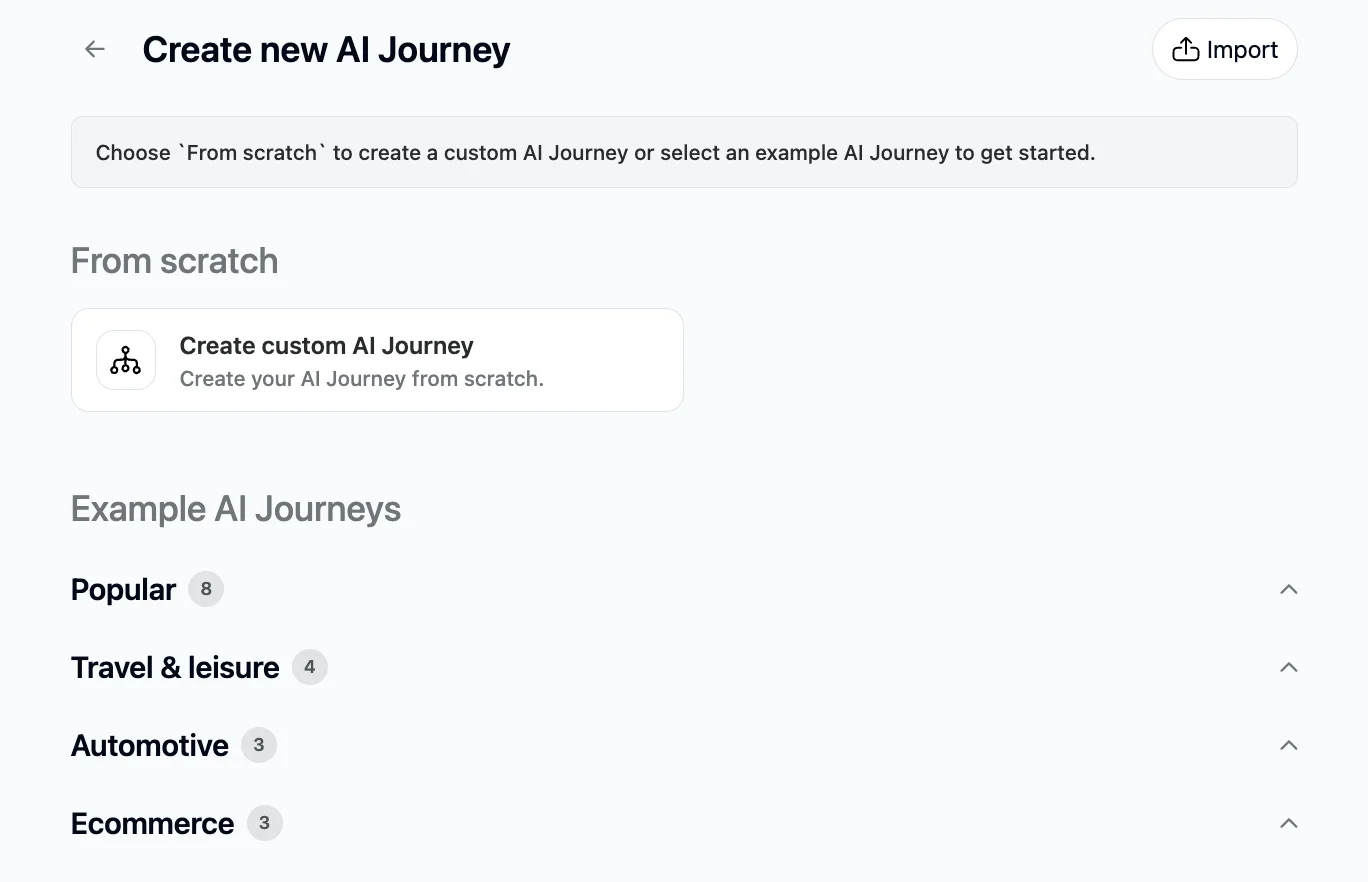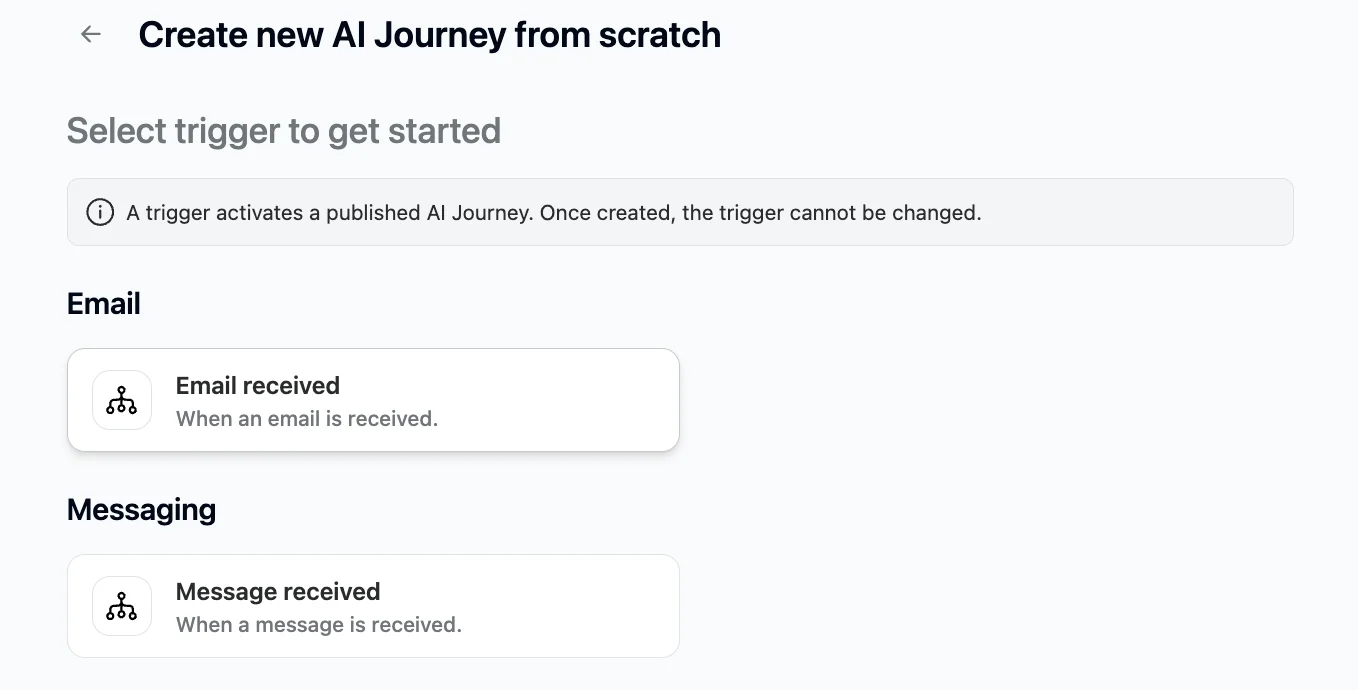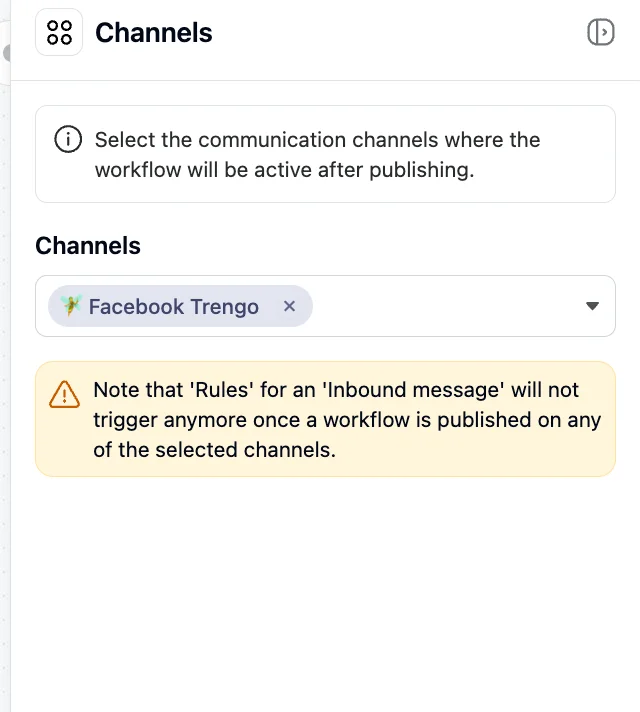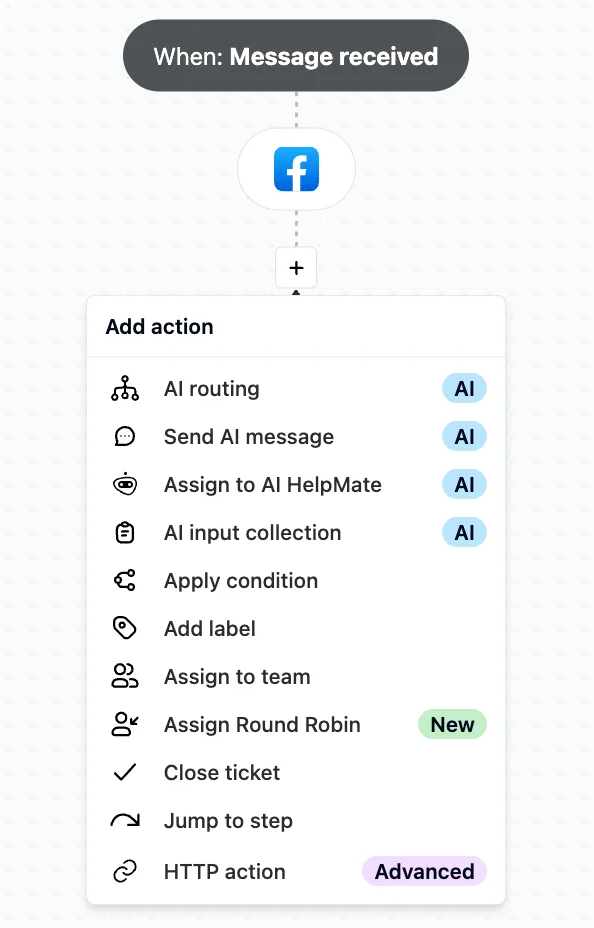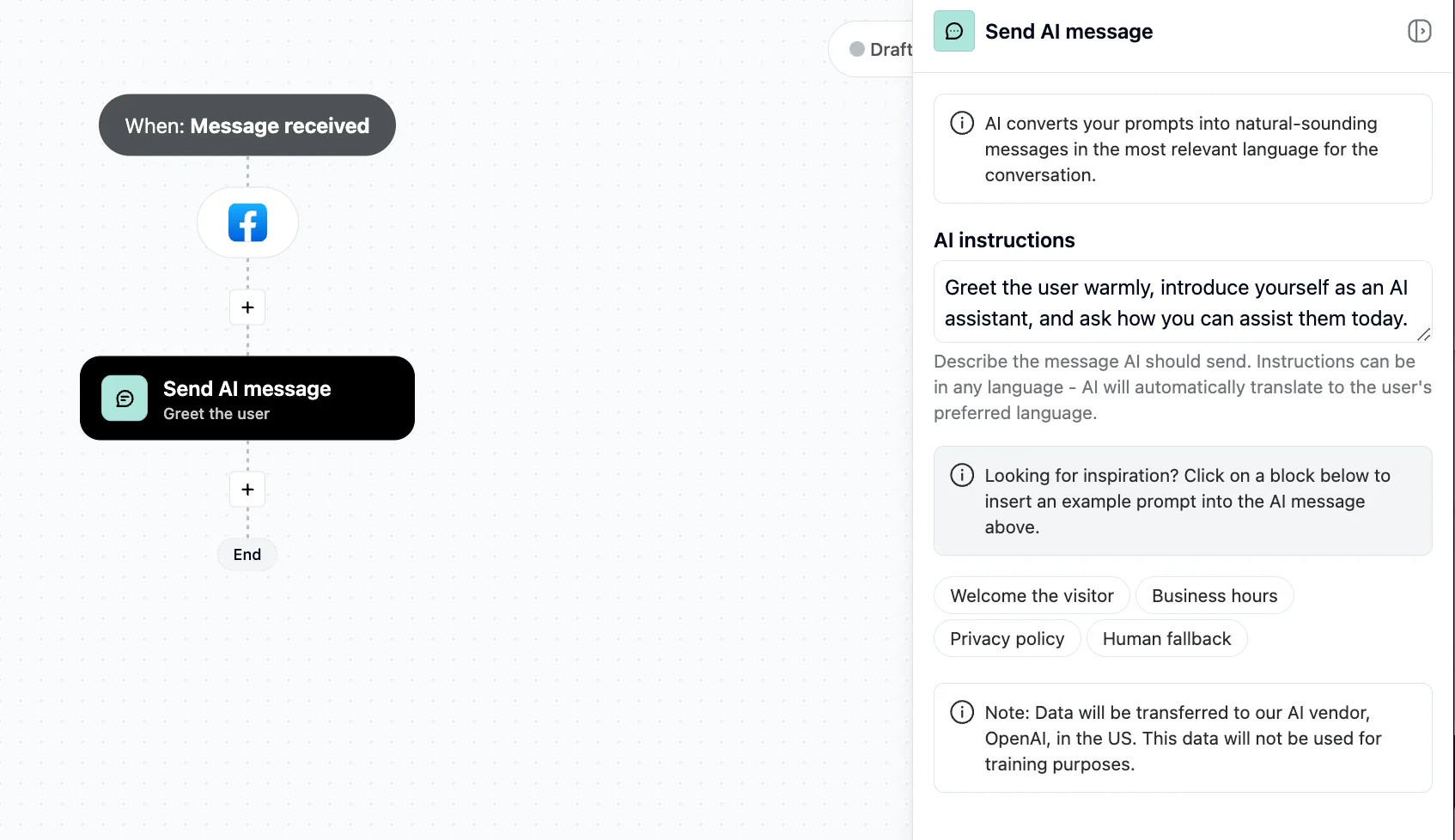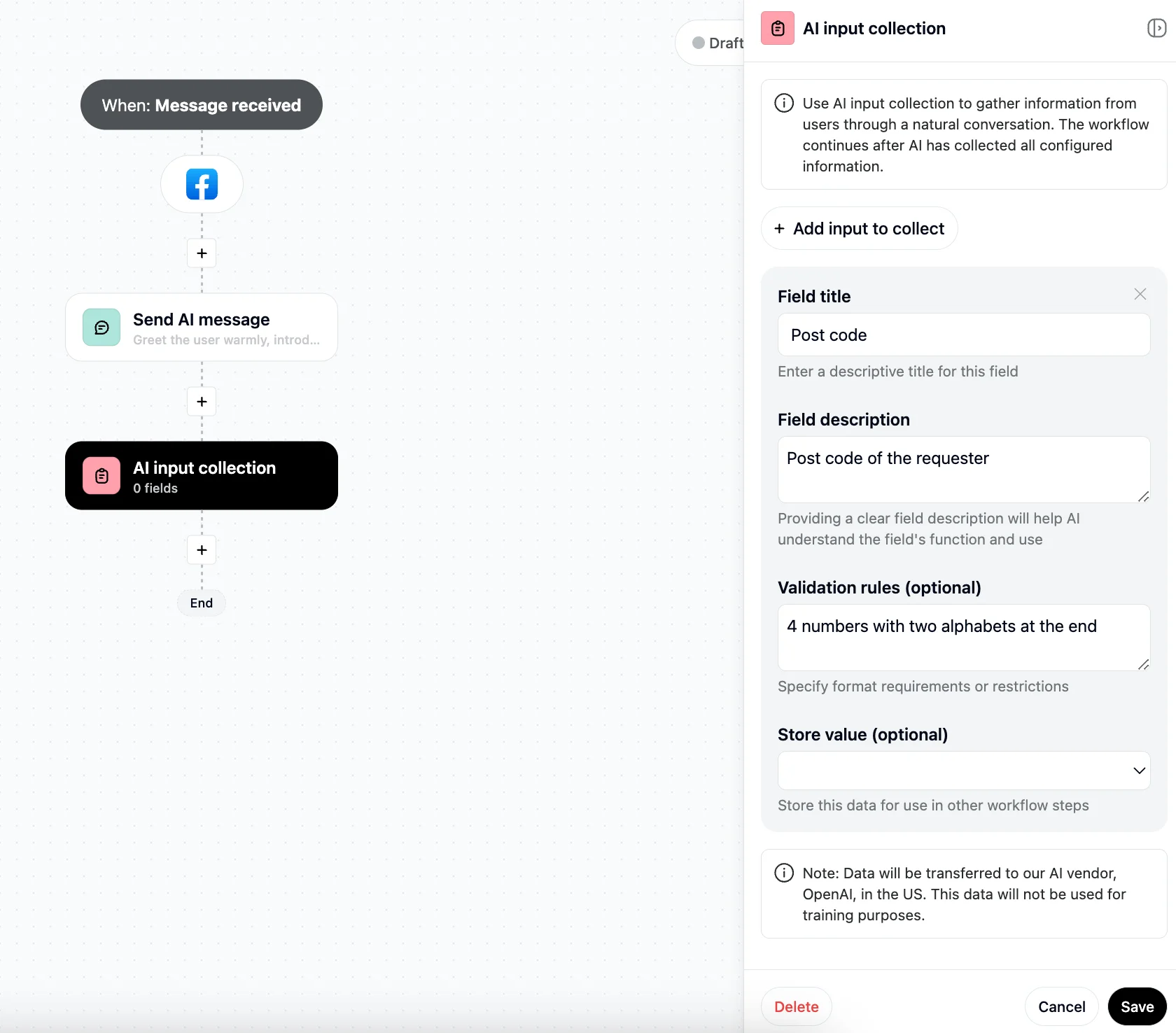To calculate the costs for sending and receiving messages via the WhatsApp Business API, WhatsApp is introducing updated pricing model on July 1, 2025. In this article, we’ll take you past everything you need to know about the way your WhatsApp conversations will be charged.
What's Changing: From Conversations to Per-Message Billing
Previously, Meta charged businesses per 24-hour conversation windows based on the category, regardless of the number of messages sent within that window. From July 1, 2025, Meta will shift to a per-delivered-message pricing model for business-initiated templates.
The charges for business-initiated messages will be determined by three key factors:
- Geo of the Recipient: The country code of the recipient's phone number will determine the market-specific rate.
- Category of the Message: Each business-initiated (template) message will fall into one of three distinct categories:
- Marketing: Promotional messages, offers, product announcements, etc.
- Utility: Transactional updates like order confirmations, shipping updates, account alerts, etc.
- Authentication:* One-time passcodes (OTPs), and account verification codes.
- Dynamic Rates: Meta will set specific rates for each "Geo Market - Template Category" combination, which may be updated quarterly with approximately 30 days' notice.
- Free-form Messages in Service Conversations: While not a factor determining a charge for business-initiated templates, it's crucial to note that free-form messages and Utility templates sent by businesses in response to a user-initiated conversation within the 24-hour service window are completely free of charge. This encourages open and responsive customer support.
- Example 1: If a customer messages you asking, "Hi, I have a question about my recent order," your free-form reply like "Good morning! I'd be happy to help. What's your order number?" will be free of charge.
- Example 2: You send a Marketing template to a customer offering a discount to their next trip. The customer replies asking, “Hi, I want to know more about that discount”. Your free-form reply message “Hello, thank you for reaching out! Do you want to get more details about the offer in general, or you have a Destination in mind?” will be free of charge.
- Example 3: If a customer sends a message inquiring “Hello, I think my billing details are incorrect. Can you please help me?. You can reply using a Utility template for free: “Hello! No worries, here are instructions to follow to update your billing information:…”.
Understanding the New Message Categories
All business-initiated messages sent outside the 24-hour service window must use pre-approved templates. Here's a quick overview of how message types are categorized:
- Marketing Messages:
- Purpose: Promote products/services, send offers, or re-engage customers.
- Examples: "Flash Sale! Get 20% off!", "New product launch!", "Abandoned cart reminder."
- Utility Messages:
- Purpose: Provide specific, transactional information in response to a user action or an existing relationship.
- Examples: "Order confirmed", "Shipping update", "Appointment reminder", "Payment due alert."
- Authentication Messages:*
- Purpose: Authenticate users, typically for account login or recovery.
- Examples: "Your verification code is 123456", "Password reset OTP."
- Service Conversations (User-Initiated):
- Purpose: Help customers resolve inquiries and provide support.
- Key Point: If a customer initiates a conversation, and your business responds within the 24-hour service window, these messages (free-form replies or even utility templates) are completely free of charge. This encourages responsive customer service.
- Note: Each time a customer (recipient) sends a message to your business, a new 24-hour service window begins.
*Authentication templates - “Copy code” category - will be supported in Trengo starting July, 2025.





